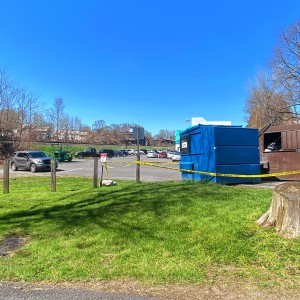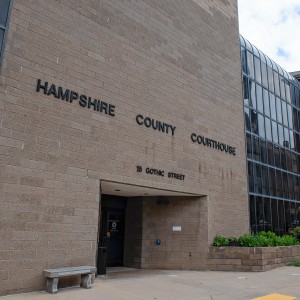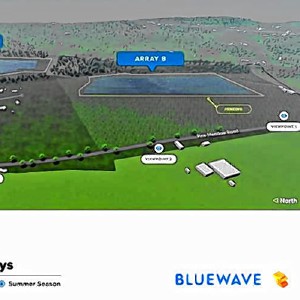My Turn: Spotting disabilities early vital to ensuring students get what they need
| Published: 02-22-2023 4:22 PM |
As a licensed special education teacher and disabilities advocate, one of my first and foremost responsibilities is to follow the federal Individuals with Disabilities Education Act (IDEA). This law includes the mandate that districts must identify all students with disabilities in their jurisdiction, including homeless students and students placed privately.
This Child Find mandate is one of the most basic and essential components of the law to ensure all students who require specialized instruction are given the appropriate services. The signs of disabilities such as expressive language disorder, dyslexia or dyscalculia are usually noticed by caregivers, but the law requires a formal evaluation process to determine whether a student is struggling with a disability and therefore eligible for specialized instruction and an IEP (individual education plan) — the idea being to ensure students are found as early as possible to ensure that they get what they need.
All of the research points to early intervention being the most effective, and each passing year can make the process take two to four times longer. Child Find is a vital bulwark meant to defend equity, inclusion and accessibility for students with disabilities.
Unfortunately, more often than not, I end up working with older students who have not been identified. The harmful effects of delaying and denying identification are profound and extend into adulthood. In the absence of a diagnosis and specialized instruction, kids typically blame themselves. The responsibility to identify students is not supposed to fall on caregivers, though anyone can request a child be evaluated. The burden falls on schools under chapter 71B, Sec 3 of the state law, and of course in part B of IDEA, to develop a rigorous process to seek out students with disabilities and to provide a support plan.
Under the state law, schools are also required to diagnose children who are identified after an evaluation. Under IDEA part B, there is a requirement that states have policies and procedures in place for special education, which includes Child Find. School districts are then required to have corresponding policies and procedures.
In Massachusetts, most districts use a template policy and develop a set of procedures. You’d be hard-pressed to find many examples of Child Find policies, and the typical procedure for Child Find in the procedure manual describes a wait to fail model — wherein children must fail in general education before being identified. As such, there are quite a lot of children who are never identified in the first place and don’t receive the supports they need.
Under the federal law, systems such as RTI (response to intervention) cannot come before evaluation and identification. If a child has a disability, schools must identify them and offer services. We owe it to our most vulnerable students to ensure that the Child Find mandate is applied and that families have support in navigating this complex process.
We ultimately need a paradigm shift toward a more equitable and inclusive model for students who are struggling. That starts with being sure every student who requires specialized instruction, and protection under IDEA, is spotted as early as possible.
Article continues after...
Yesterday's Most Read Articles
 Greenfield man arrested in New York on murder charge
Greenfield man arrested in New York on murder charge
 Man allegedly steals $100K worth of items from Northampton, South Deerfield businesses
Man allegedly steals $100K worth of items from Northampton, South Deerfield businesses
 Greenfield Police Logs: April 9 to April 17, 2024
Greenfield Police Logs: April 9 to April 17, 2024
 Former Leyden police chief Daniel Galvis charged with larceny
Former Leyden police chief Daniel Galvis charged with larceny
 Shea Theater mural artist chosen out of 354 applicants
Shea Theater mural artist chosen out of 354 applicants
 Millers Meadow idea would ‘completely transform’ Colrain Street lot in Greenfield
Millers Meadow idea would ‘completely transform’ Colrain Street lot in Greenfield
Ben Tobin lives in Williamsburg.

 My Turn: A moral justification for civil disobedience to abortion bans
My Turn: A moral justification for civil disobedience to abortion bans My Turn: Industrial solar installations are overwhelming Northfield neighborhood
My Turn: Industrial solar installations are overwhelming Northfield neighborhood Guest columnist Rudy Perkins: Dangerous resolution on Iran
Guest columnist Rudy Perkins: Dangerous resolution on Iran Guest columnists Ellen Attaliades and Lynn Ireland: Housing crisis is fueling the human services crisis
Guest columnists Ellen Attaliades and Lynn Ireland: Housing crisis is fueling the human services crisis
